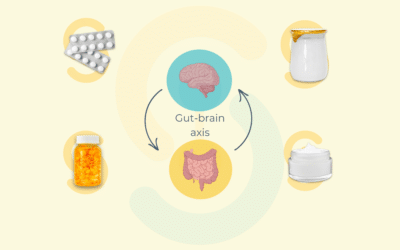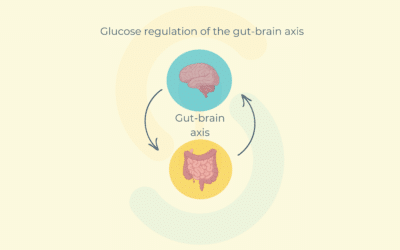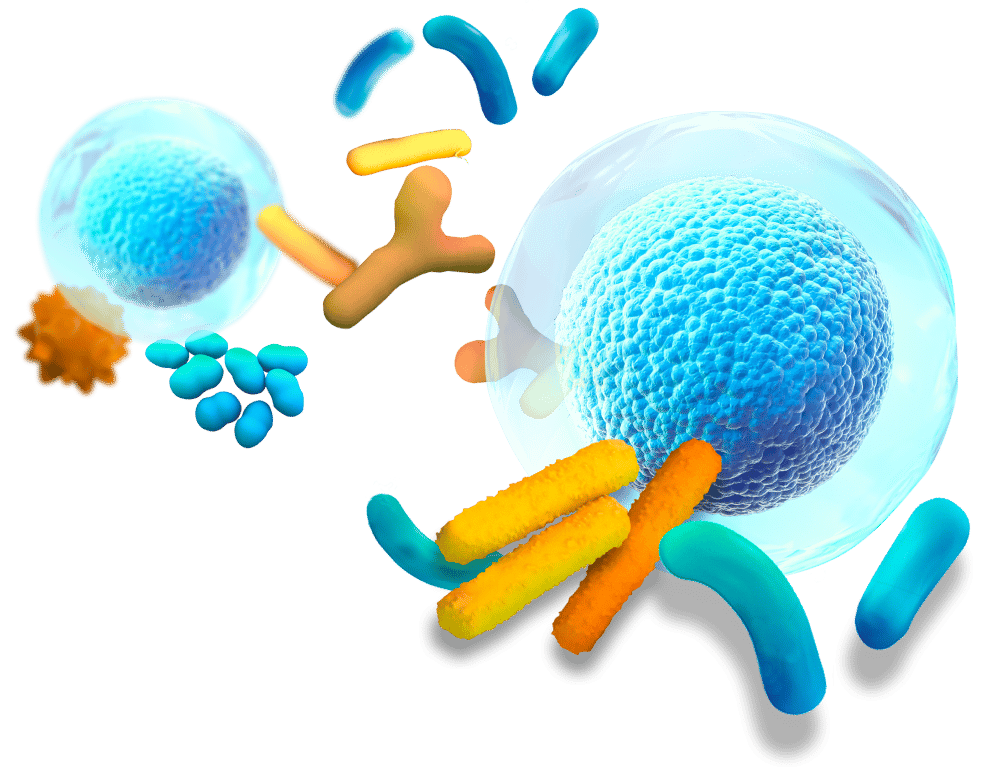
Food and Feed testing: impact on gut health and inter-organ communication
At Enterosys, we take an innovative approach to food and feed testing, exploring how human foods and animal feed influence gut health and the complex interactions between organs.
The gut plays a central role in regulating vital processes, including immunity, metabolism, and inter-organ communication. Through food testing experiments and animal feed analysis (feed testing), we uncover how dietary factors support or disrupt these crucial interactions.

What is food and feed testing?
Food testing refers to the analysis of foods intended for human consumption to ensure their safety, nutritional quality, and overall impact on health.
Feed testing focuses on animal feed, evaluating its role in supporting animal health, productivity, and the safety of the food chain for humans.
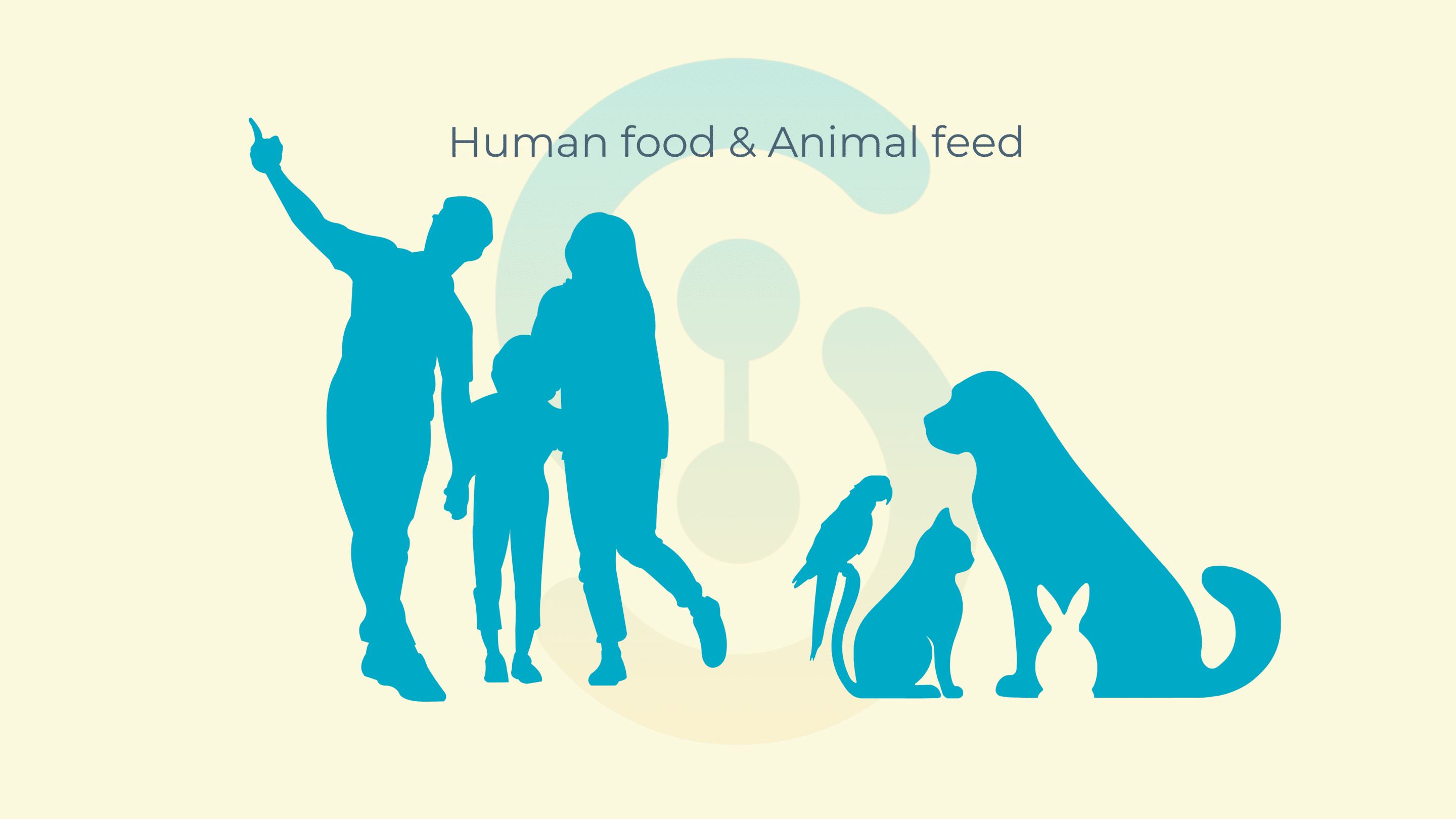
Why analyze foods and feed from this perspective?
Enterosys aims to provide scientific insights that help players in the food and animal nutrition industries to enhance gut health and optimize dietary formulations.
Moreover, our research supports the development of functional foods—products designed not only to nourish but to actively improve health outcomes. Examples include soluble fibers like chia seeds, which support digestive health, and viscous foods like konjac, known for their ability to modulate glucose absorption and promote satiety.
Consumers today are more informed and health-conscious than ever before. They actively seek transparency and scientific evidence behind the health claims of the products they consume. At Enterosys, we bridge this gap by delivering scientifically backed insights that validate the functional benefits of dietary ingredients. These insights empower brands to communicate confidently with their customers, fostering trust and loyalty.
Traditional approach vs. Enterosys’ innovative perspective
The traditional approach to food and feed testing typically focuses on detecting contaminants such as pesticides, heavy metals, and pathogens to ensure the safety of food and feed products. It also involves assessing the nutritional composition of these items to confirm their compliance with regulatory standards and their suitability for consumption.
However, at Enterosys, we take an innovative approach. We investigate how foods and feed influence gut health by studying the microbiome, intestinal permeability, and related factors. Additionally, we explore the intricate inter-organ mechanisms impacting dietary components, to provide a deeper understanding of the systemic effects of nutrition on overall health. This unique perspective allows us to uncover critical insights that are not studied with traditional methods.
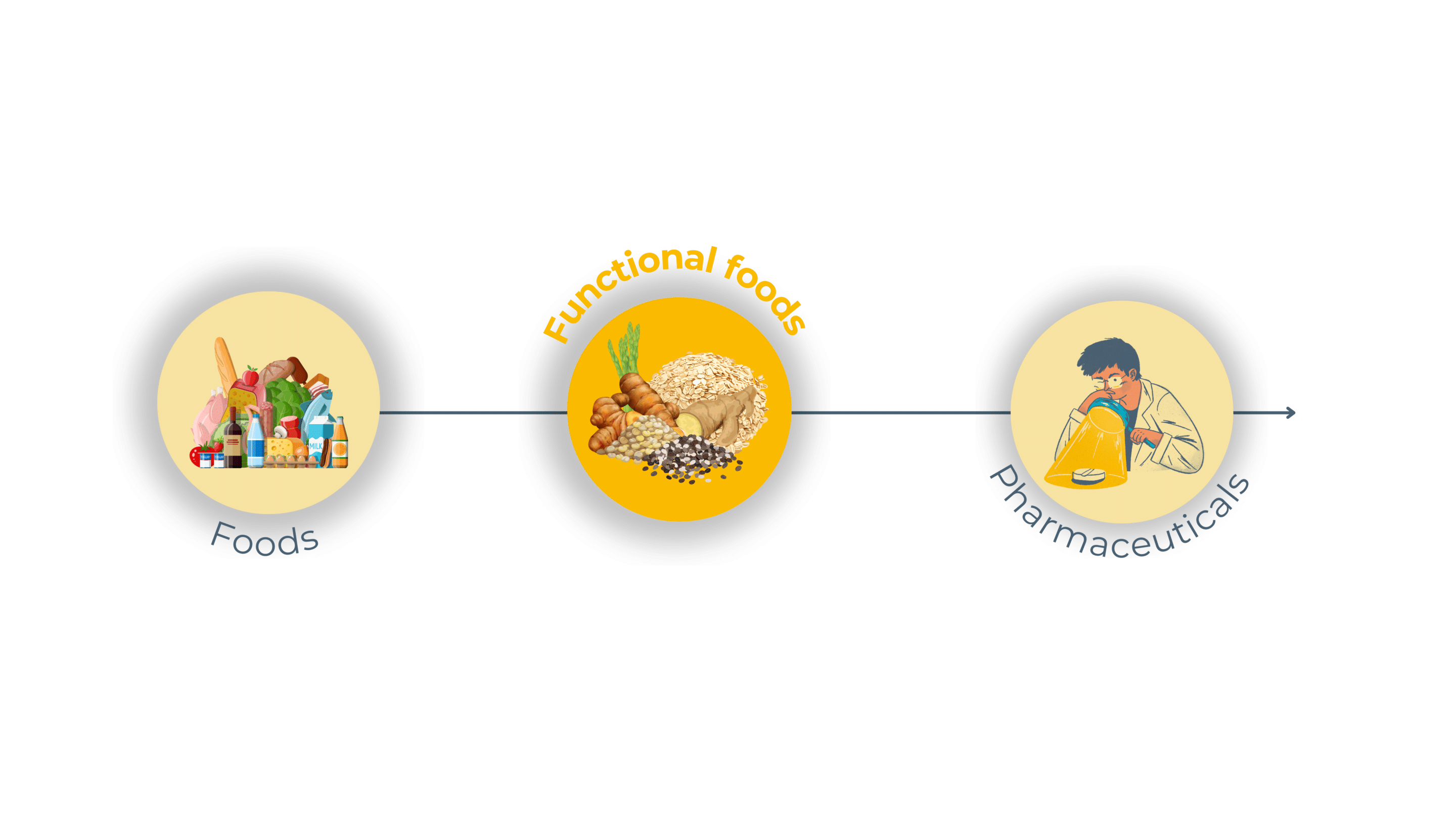
Why is the study of foods and feed essential?
Foods as a lever for global health
The foods we consume play a pivotal role in maintaining overall health, largely due to the central function of the gut. The gut not only processes nutrients but also acts as a key regulator of immunity and metabolic balance.
A healthy gut microbiome and optimal intestinal function are essential for preventing diseases and ensuring long-term well-being. Understanding how different foods impact these processes through food tolerance testing and food testing experiments is critical for developing healthier dietary solutions.
Functional foods are increasingly recognized as key tools in preventive healthcare. Ingredients such as polyphenols from dark chocolate or omega-3 fatty acids from fish oils not only offer nutritional value but actively contribute to preventing metabolic and inflammatory disorders.
This growing field bridges the gap between traditional nutrition and targeted healthcare interventions, offering innovative solutions for both industry stakeholders and end-users.
Animal health at the core of the food chain
Animal feed has a direct influence on human food safety and public health. Through feed testing, we can evaluate the quality and safety of animal feed. Ensuring the health and productivity of livestock not only supports ethical and sustainable farming practices but also protects consumers by empowering food quality. This makes the study of feed a vital component in safeguarding the global food supply.
This focus on the interconnected health of humans, animals, and the environment aligns with the principles of the One Health approach. By studying the impact of foods and feed on gut health and systemic processes, we contribute to a holistic understanding of how nutrition, agriculture, and human health are interlinked. This perspective is essential for addressing global challenges like food security, zoonotic diseases, and antimicrobial resistance.
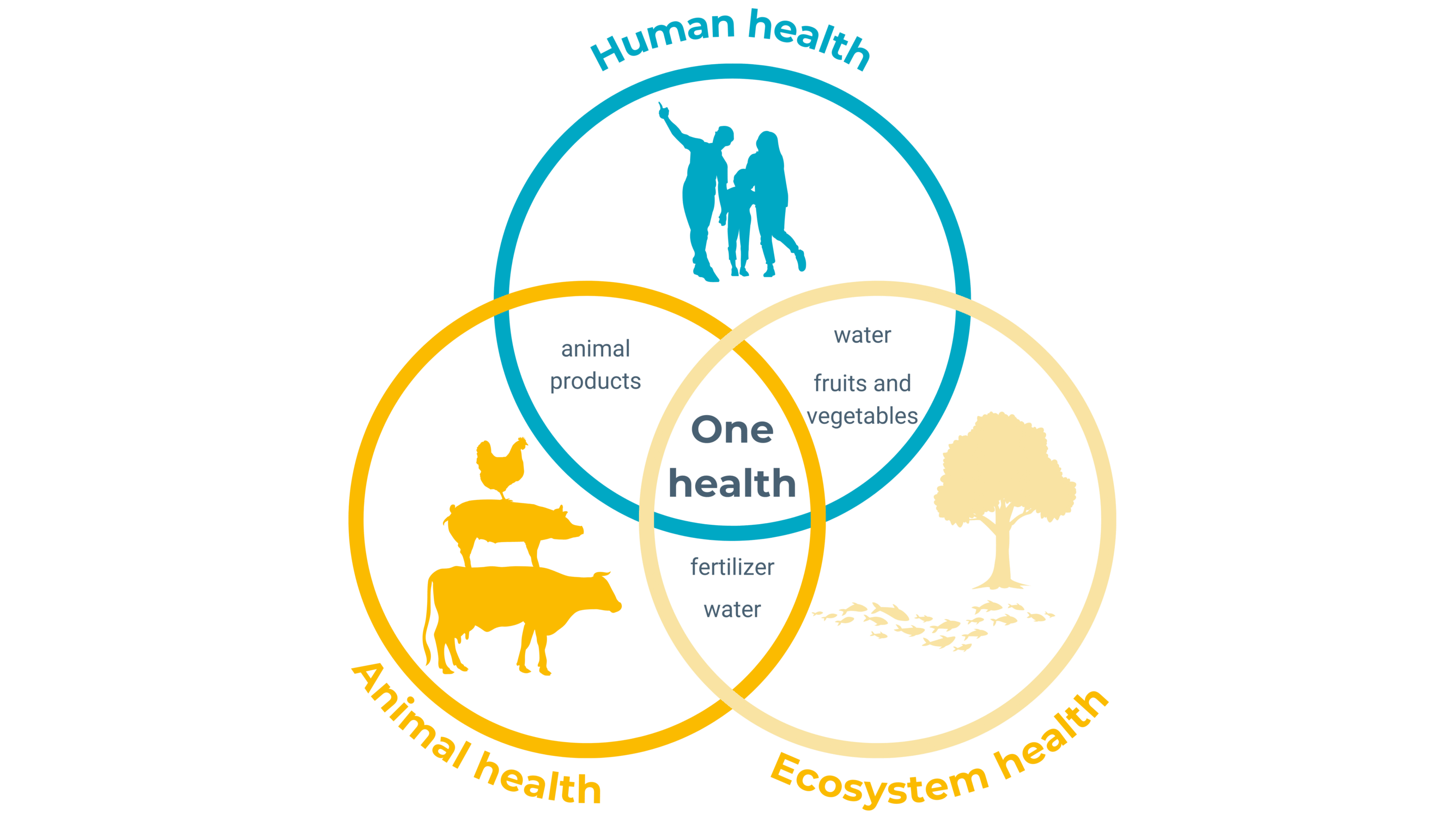
Our unique contributions to food and feed testing
At Enterosys, we specialize in groundbreaking studies on how foods and feed impact critical inter-organ axes. By analyzing specific biomarkers, we provide detailed insights into the systemic effects of dietary components, helping to unravel the complex
interactions between nutrition and health. Our expertise allows us to go beyond traditional food and feed testing methods by delivering tailored, science-driven solutions for human and animal health.
Our approach combines cutting-edge methodologies to generate precise and actionable results:
In vitro models: Simulating intestinal conditions to study the localized effects of foods and feed on gut health.
In vivo models: Providing a holistic perspective on how dietary factors influence the entire organism, including inter-organ communication.
Whether you are focused on exploring a specific pathology or understanding the broader effects of dietary interventions, Enterosys can help. Contact us today to design a personalized protocol tailored to your exact needs, ensuring that your project addresses every unique requirement ! Our insights empower brands to communicate confidently with their customers, providing clear scientific validation for their functional food products—an asset in building long-term consumer trust.
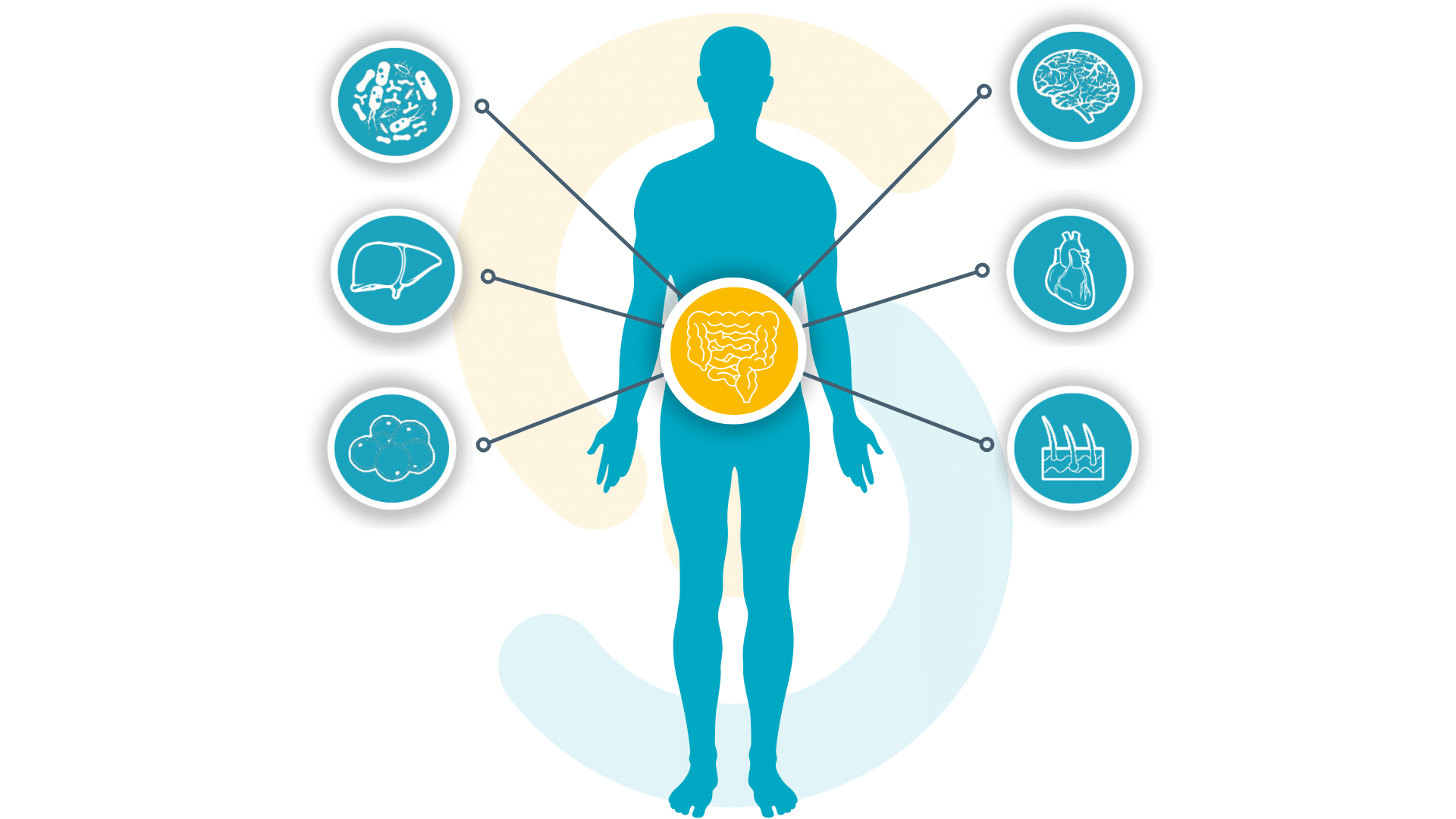
White paper ENTEROSYS
« GUT IS THE LINK »
Our first white paper is now available !
Get inside the head of our co-founder Claude Knauf.
Come discover his background, his key dates, how he got the gut feeling and the link between enteric neurons and glycemic control as well as other health related areas.

OUR KEY SCIENTIFIC FINDINGS ABOUT THE GUT
The gut-brain axis: exploring its role in health care
In the intestine, gut distension and nutrients are detected by mechanoreceptors and chemoreceptors, respectively. The activation of these receptors sends an afferent nervous message to the hypothalamus in the brain. In turn, the hypothalamus controls the glucose entry in tissues, and thus glycemia.
12-HETE enterosyne: new insights into glucose metabolism
The discovery of intestinal actors, such as enterosynes, able to modulate the ENS-induced duodenal contraction is an innovative approach. Among all the intestinal factors, the understanding of the role of gut microbes in controlling glycaemia remains a major target. For instance, we researched and demonstrated how the modulation of gut microbiota by prebiotics could permit the identification of novel enterosynes.
Glucose: a key player in gut motility and metabolic regulation
Targeting the enteric nervous system that controls gut motility is now considered as an innovative therapeutic way in T2D to limit intestinal glucose absorption and restore the gut‐brain axis to improve insulin sensitivity. So far, little is known about the role of glucose on duodenal contraction in fasted and fed states in normal and diabetic conditions.
Do you have a question about the contribution of gut models in your innovative research ?
Our team of experts will be delighted to answer all of your questions. We guide you in the design of an optimized protocol to meet your objectives and add value to your molecules with quick and concrete solutions.
